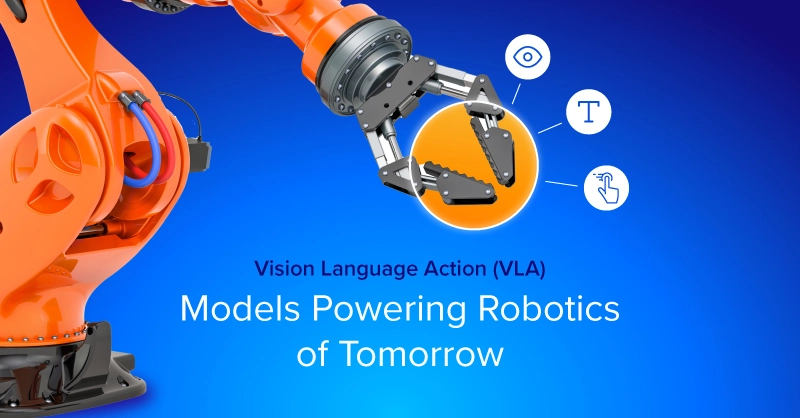
Introduction
The robotics industry is undergoing a fundamental transformation. For decades, robots have been confined to narrow, pre-programmed tasks in controlled environments—assembly lines, warehouses, and labs where predictability reigns.
Vision Language Action (VLA) models represent a critical breakthrough in this evolution by combining visual perception, language understanding, action generation, and the potential for generalization. VLA models are poised to redefine what machines can do in the physical world. We will go over different VLA models in the industry today that you can leverage in your work.
What is Vision-Language-Action (VLA) Models?
Vision-Language-Action (VLA) Models combine visual perception and natural language understanding to generate contextually appropriate actions. Traditional computer vision models are designed to recognize objects, whereas VLA models interpret scenes, reason, and can guide physical actions in real-world environments.
What makes VLA models particularly significant is their potential for generalization. Traditional robotic systems struggle when faced with novel objects, lighting conditions, or unexpected obstacles. VLA models, trained on diverse multimodal datasets, can transfer knowledge across tasks and environments—bringing us closer to truly general-purpose robotic assistants.
Many modern VLMs build on transformer architectures and are pretrained on text-to-image AI models (such as CLIP from DALLE2) to learn general-purpose representations that can be applied to diverse tasks involving both vision and language.
.png)
Fueling Innovation with an Exxact Multi-GPU Server
Training AI models on massive datasets can be accelerated exponentially with the right system. It's not just a high-performance computer, but a tool to propel and accelerate your research.
Configure NowPopular VLA Models to Use Today
- OpenVLA is the most popular open-source vision action language model
- Built off of Llam,a2, DINOv2, and SigLIP
- 7B parameter model that fits on 16GB+ of VRAM with the option to quantize further
- Supports LoRA and full fine-tuning for user-specific training adaptations.
- GR00T N1.5 is NVIDIA’s robotics VLA built on their Omniverse and Cosmos platform
- Built off of Eagle 2.5 and Qwen2.5
- 3B parameter model that fits on 16GB+ of VRAM
- Supports Issac SIM robotics playground training for encountering various terrain or solving different tasks.
- Pi0 and Pi0.5 by Physical Intelligence is a model that is popular for its facinating degree of adapability
- Built off of PaliGemma 3B
- 3B parameter model that requires 16GB+ VRAM
- Pi0 is their base VLA with Pi0.5 expanding its generalization in various environments.
These workloads need to be GPU efficient due to the robotics’ size. Recent efficiency advances, quantization, and open-source implementations have made them accessible to run on energy-efficient edge-focused hardware. These models only need a RTX 4090 to run whereas finetuning will require a multi-GPU deployment.
Real-World Applications
Vision-language(-action) models are already enabling practical robotics tasks:
- Warehouses & labs: Robots execute pick-and-place commands via natural language, e.g., "pick up the red screwdriver on the left shelf" or "sort these objects by size." Warehouses and labs are perfect for robotics with a clear-cut environment that rarely changes.
- Healthcare logistics: Robots navigate hospitals to deliver supplies or guide patients, interpreting signage and objects in context.
- Personal robotics: Robots can act as assistants in the house, folding laundry or cleaning. These robots are less prevalent due to the difficulty of generalizing to varying environments.
These applications show VLA models tasked with a goal and completing their goals using visual cues. They require hardware capable of real-time multi-modal processing, often combining GPUs for vision and language inference with sufficient VRAM for context retention.
Opportunities and Limitations
While promising, VLA models still face challenges:
- Spatial and temporal reasoning: Most models struggle with precise manipulation or multi-step tasks over time. With constrained hardware, it is hard to provide models with enough context to overcome the reasoning barrier.
- Variable Environments: Performance drops under lighting changes, cluttered scenes, or unseen objects. This can be alleviated with virtual training in various environments and lighting.
- Integration Complexity: Deploying these models for real-time control demands careful hardware selection. The move towards energy-efficient and powerful hardware will be the main staple for robotics and Vision Language Models.
However, efficiency improvements and open-source frameworks are lowering the barrier to entry, enabling researchers to experiment on consumer-grade GPUs while still achieving strong performance.
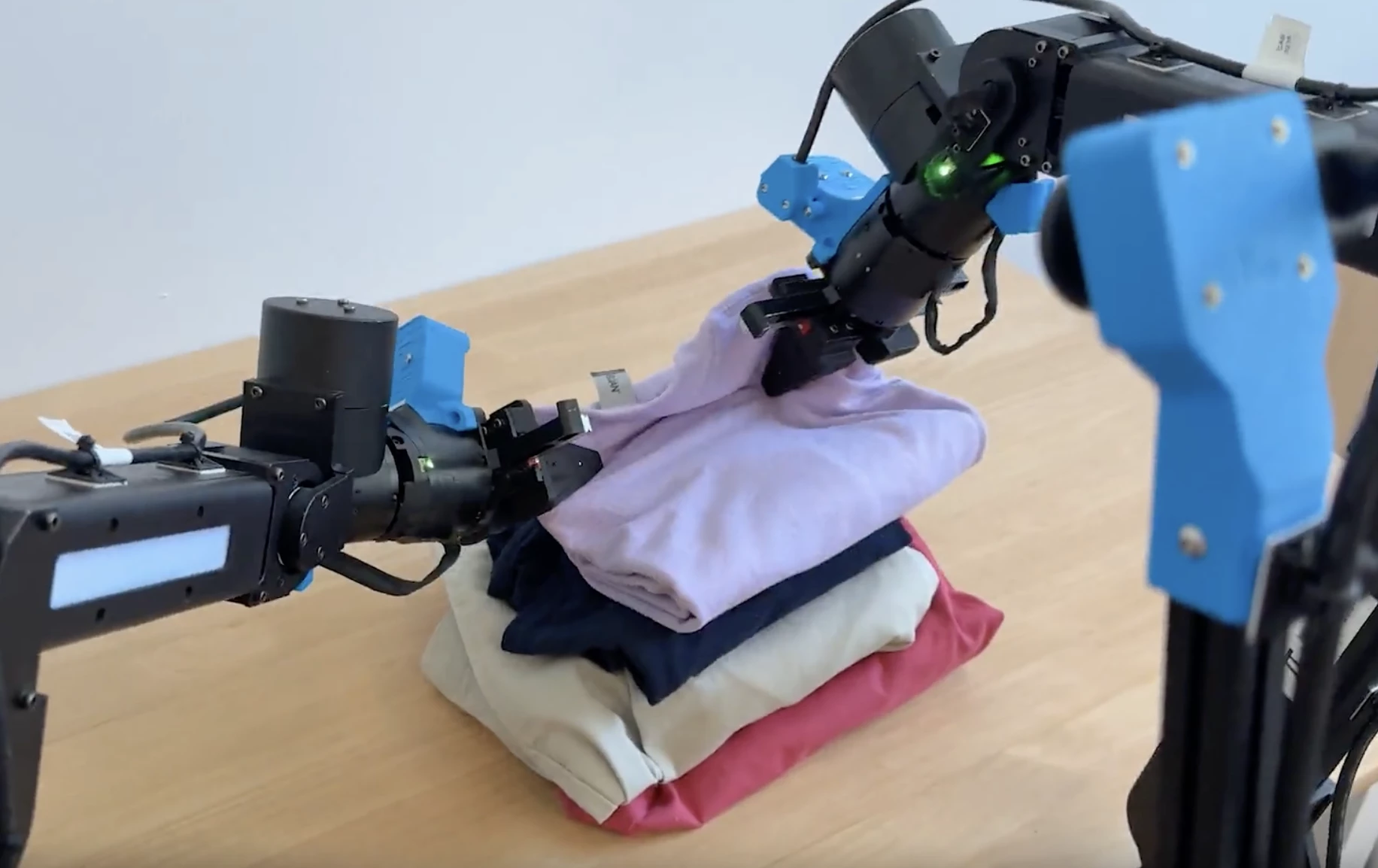
Pi0 shows that VLA models can have the dexterity to fold laundry
Frequently Asked Questions
What is the difference between VLA, VLM, and LLM models?
LLMs (Large Language Models) process and generate text. VLMs (Vision Language Models) combine visual and textual understanding for tasks like image captioning. VLAs (Vision Language Action models) extend VLMs by also generating physical actions, enabling robots to perceive, understand, and act in real-world environments.
What hardware do I need to run VLA models?
For inference, most modern VLA models like OpenVLA can run on a single GPU with 16GB+ VRAM (such as an RTX 4090). Training or fine-tuning requires more resources, typically multi-GPU setups with 80GB+ VRAM for full-parameter training.
Can VLA models work in unstructured environments?
VLA models show promising generalization capabilities, but they still struggle with highly variable environments, novel objects, and changing lighting conditions. Performance is best in semi-structured settings like warehouses and labs, though research is actively improving their robustness.
Are VLA models open source?
Yes, several VLA models are open source, including OpenVLA (7B parameters), which provides pre-trained weights, datasets, and support for fine-tuning. This makes VLA technology accessible to researchers and developers without requiring massive compute infrastructure.
What are the main challenges facing VLA models today?
Key challenges include limited spatial and temporal reasoning, brittleness under distribution shifts (lighting, clutter, new objects), integration complexity with real hardware, and the computational demands of real-time control. Ongoing research focuses on improving efficiency, generalization, and safety.
Key Takeaways for Hardware and Workloads
For teams exploring vision-language(-action) models:
- Training workloads: Large models require multi-GPU setups like NVIDIA HGX H200/B200 or NVIDIA RTX PRO Blackwell servers for reasonable throughput.
- Inference workloads: Modern VLA models can run on single high-VRAM GPUs with quantization. More complex tasks cab benefit from multi-GPU configurations.
- Memory considerations: For Inferencing, VRAM requirements can range from 16 GB to 32 GB. Training models exceed 80 GB for full-parameter foundational model development.
- Open-source advantage: Efficient pre-trained models and datasets accelerate experimentation without needing massive compute infrastructure.
At Exxact we provide the HPC hardware to making your innovations come true. Whether that’s configurable turnkey workstations and servers for training, or hardware components for your robotics, Exxact is eager to deliver.
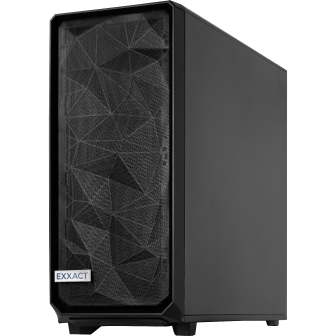
Facilitate Deployment & Training AI with an Exxact GPU Workstation
With the latest CPUs and most powerful GPUs available, accelerate your deep learning and AI project optimized to your deployment, budget, and desired performance!
Configure Now
Vision Language Action (VLA) Models Powering Robotics of Tomorrow
Introduction
The robotics industry is undergoing a fundamental transformation. For decades, robots have been confined to narrow, pre-programmed tasks in controlled environments—assembly lines, warehouses, and labs where predictability reigns.
Vision Language Action (VLA) models represent a critical breakthrough in this evolution by combining visual perception, language understanding, action generation, and the potential for generalization. VLA models are poised to redefine what machines can do in the physical world. We will go over different VLA models in the industry today that you can leverage in your work.
What is Vision-Language-Action (VLA) Models?
Vision-Language-Action (VLA) Models combine visual perception and natural language understanding to generate contextually appropriate actions. Traditional computer vision models are designed to recognize objects, whereas VLA models interpret scenes, reason, and can guide physical actions in real-world environments.
What makes VLA models particularly significant is their potential for generalization. Traditional robotic systems struggle when faced with novel objects, lighting conditions, or unexpected obstacles. VLA models, trained on diverse multimodal datasets, can transfer knowledge across tasks and environments—bringing us closer to truly general-purpose robotic assistants.
Many modern VLMs build on transformer architectures and are pretrained on text-to-image AI models (such as CLIP from DALLE2) to learn general-purpose representations that can be applied to diverse tasks involving both vision and language.
.png)
Fueling Innovation with an Exxact Multi-GPU Server
Training AI models on massive datasets can be accelerated exponentially with the right system. It's not just a high-performance computer, but a tool to propel and accelerate your research.
Configure NowPopular VLA Models to Use Today
- OpenVLA is the most popular open-source vision action language model
- Built off of Llam,a2, DINOv2, and SigLIP
- 7B parameter model that fits on 16GB+ of VRAM with the option to quantize further
- Supports LoRA and full fine-tuning for user-specific training adaptations.
- GR00T N1.5 is NVIDIA’s robotics VLA built on their Omniverse and Cosmos platform
- Built off of Eagle 2.5 and Qwen2.5
- 3B parameter model that fits on 16GB+ of VRAM
- Supports Issac SIM robotics playground training for encountering various terrain or solving different tasks.
- Pi0 and Pi0.5 by Physical Intelligence is a model that is popular for its facinating degree of adapability
- Built off of PaliGemma 3B
- 3B parameter model that requires 16GB+ VRAM
- Pi0 is their base VLA with Pi0.5 expanding its generalization in various environments.
These workloads need to be GPU efficient due to the robotics’ size. Recent efficiency advances, quantization, and open-source implementations have made them accessible to run on energy-efficient edge-focused hardware. These models only need a RTX 4090 to run whereas finetuning will require a multi-GPU deployment.
Real-World Applications
Vision-language(-action) models are already enabling practical robotics tasks:
- Warehouses & labs: Robots execute pick-and-place commands via natural language, e.g., "pick up the red screwdriver on the left shelf" or "sort these objects by size." Warehouses and labs are perfect for robotics with a clear-cut environment that rarely changes.
- Healthcare logistics: Robots navigate hospitals to deliver supplies or guide patients, interpreting signage and objects in context.
- Personal robotics: Robots can act as assistants in the house, folding laundry or cleaning. These robots are less prevalent due to the difficulty of generalizing to varying environments.
These applications show VLA models tasked with a goal and completing their goals using visual cues. They require hardware capable of real-time multi-modal processing, often combining GPUs for vision and language inference with sufficient VRAM for context retention.
Opportunities and Limitations
While promising, VLA models still face challenges:
- Spatial and temporal reasoning: Most models struggle with precise manipulation or multi-step tasks over time. With constrained hardware, it is hard to provide models with enough context to overcome the reasoning barrier.
- Variable Environments: Performance drops under lighting changes, cluttered scenes, or unseen objects. This can be alleviated with virtual training in various environments and lighting.
- Integration Complexity: Deploying these models for real-time control demands careful hardware selection. The move towards energy-efficient and powerful hardware will be the main staple for robotics and Vision Language Models.
However, efficiency improvements and open-source frameworks are lowering the barrier to entry, enabling researchers to experiment on consumer-grade GPUs while still achieving strong performance.

Pi0 shows that VLA models can have the dexterity to fold laundry
Frequently Asked Questions
What is the difference between VLA, VLM, and LLM models?
LLMs (Large Language Models) process and generate text. VLMs (Vision Language Models) combine visual and textual understanding for tasks like image captioning. VLAs (Vision Language Action models) extend VLMs by also generating physical actions, enabling robots to perceive, understand, and act in real-world environments.
What hardware do I need to run VLA models?
For inference, most modern VLA models like OpenVLA can run on a single GPU with 16GB+ VRAM (such as an RTX 4090). Training or fine-tuning requires more resources, typically multi-GPU setups with 80GB+ VRAM for full-parameter training.
Can VLA models work in unstructured environments?
VLA models show promising generalization capabilities, but they still struggle with highly variable environments, novel objects, and changing lighting conditions. Performance is best in semi-structured settings like warehouses and labs, though research is actively improving their robustness.
Are VLA models open source?
Yes, several VLA models are open source, including OpenVLA (7B parameters), which provides pre-trained weights, datasets, and support for fine-tuning. This makes VLA technology accessible to researchers and developers without requiring massive compute infrastructure.
What are the main challenges facing VLA models today?
Key challenges include limited spatial and temporal reasoning, brittleness under distribution shifts (lighting, clutter, new objects), integration complexity with real hardware, and the computational demands of real-time control. Ongoing research focuses on improving efficiency, generalization, and safety.
Key Takeaways for Hardware and Workloads
For teams exploring vision-language(-action) models:
- Training workloads: Large models require multi-GPU setups like NVIDIA HGX H200/B200 or NVIDIA RTX PRO Blackwell servers for reasonable throughput.
- Inference workloads: Modern VLA models can run on single high-VRAM GPUs with quantization. More complex tasks cab benefit from multi-GPU configurations.
- Memory considerations: For Inferencing, VRAM requirements can range from 16 GB to 32 GB. Training models exceed 80 GB for full-parameter foundational model development.
- Open-source advantage: Efficient pre-trained models and datasets accelerate experimentation without needing massive compute infrastructure.
At Exxact we provide the HPC hardware to making your innovations come true. Whether that’s configurable turnkey workstations and servers for training, or hardware components for your robotics, Exxact is eager to deliver.

Facilitate Deployment & Training AI with an Exxact GPU Workstation
With the latest CPUs and most powerful GPUs available, accelerate your deep learning and AI project optimized to your deployment, budget, and desired performance!
Configure Now
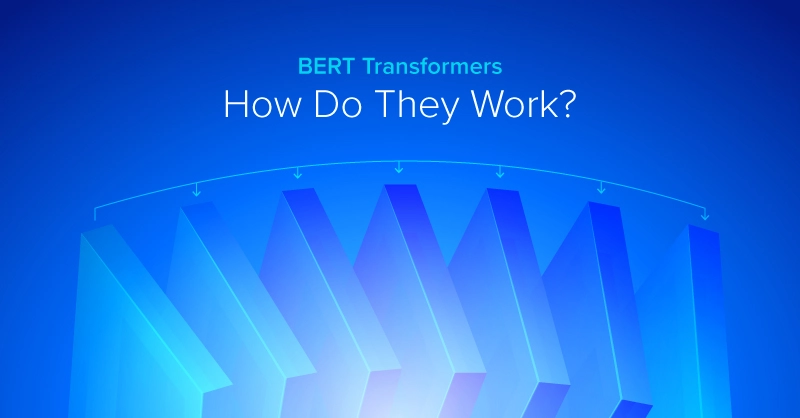
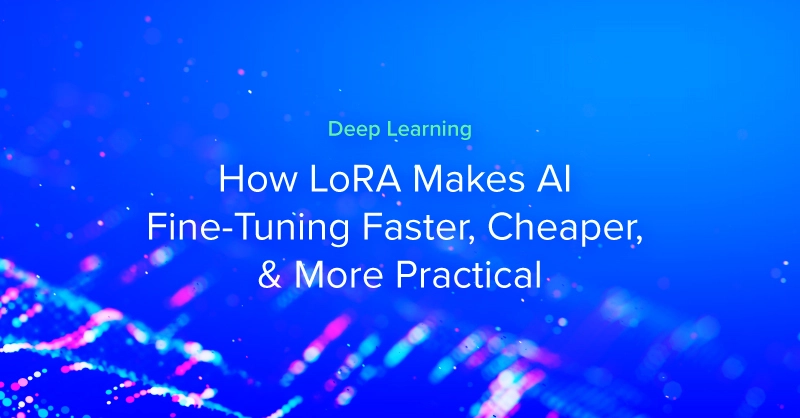
.jpg?format=webp)